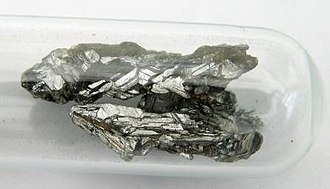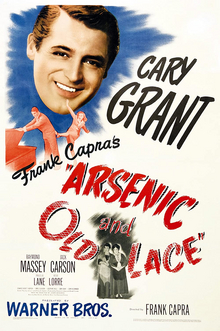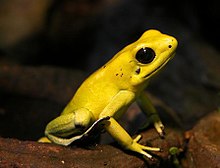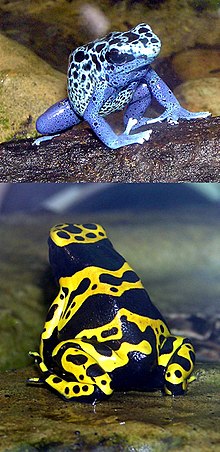 |
| Ancient Roman painting of Oleander |
Snopes reports that a study done in 2005 using hot dogs roasted on fresh Oleander sticks, found only 1.5 mg of oleandrin in the roasted hot dog. It's enough to make someone sick, but it wouldn't kill.
However, many people have become sick or even died from chewing on the leaves or flowers. A California woman was charged with murder in 2001 after her husband ingested Oleander mixed with antifreeze. And the death of two boys in Los Angeles in 2000 was attributed to chewing oleander leaves. Chewing on even one leaf can make a person very ill. Even inhaling the smoke from burning Oleander can be lethal.
.jpg/120px-Nerium_oleander_white_flowers_at_Guntur_(1).jpg) |
| White Oleander, the plant |
They display the same symptoms as a poisoned human: the victim will suffer severe gastric distress, irregular heartbeat, dizziness, blurred vision and lethargy. Victims can survive if vomiting is induced and they are given medication (often charcoal based) and intravenous liquids in a reasonable amount of time.
Oleander is used as a poison in the 1999 novel White Oleander
 |
| White Oleander, the film |
However, not many lethal doses of oleander poisoning through the skin have been documented. (But that doesn't mean they haven't happened. Apparently it would be hard to detect, which is why it makes a good plot device.)
I'm thinking of using oleander in my next Camilla mystery. It's so ubiquitous in California that any of the suspects would have access. The flowers are reputed to be sweet, so they might go in a nice fresh salad....
Other Posts in this Series
FOOD OF LOVE: a Comedy about Friendship, Chocolate, and a Small Nuclear Bomb.
There's also some poison involved: epibatidine, which comes from the South American Poison Dart Frog. I'll be talking about that in another post in the series.
Two sisters: one white, one black. Two worldviews: one liberal, one conservative. But these two women have one goal in common—one they share with most women in modern society: the urge to diminish themselves by dieting. Food of Love is a historical comedy-mystery-romance set in the 1990s that carries a powerful message. It offers some of life’s darker truths—told with a punchline.
After Princess Regina, a former supermodel, is ridiculed in the tabloids for gaining weight, someone tries to kill her. She suspects her royal husband wants to be rid of her, now she’s no longer model-thin. As she flees the mysterious assassin, she discovers the world thinks she is dead, and seeks refuge with the only person she can trust: her long-estranged foster sister, Rev. Cady Stanton, a right-wing talk show host who has romantic and weight issues of her own. Cady delves into Regina’s past and discovers Regina’s long-lost love, as well as dark secrets that connect them all.
Available in eBook from:
Available in Audiobook from:














